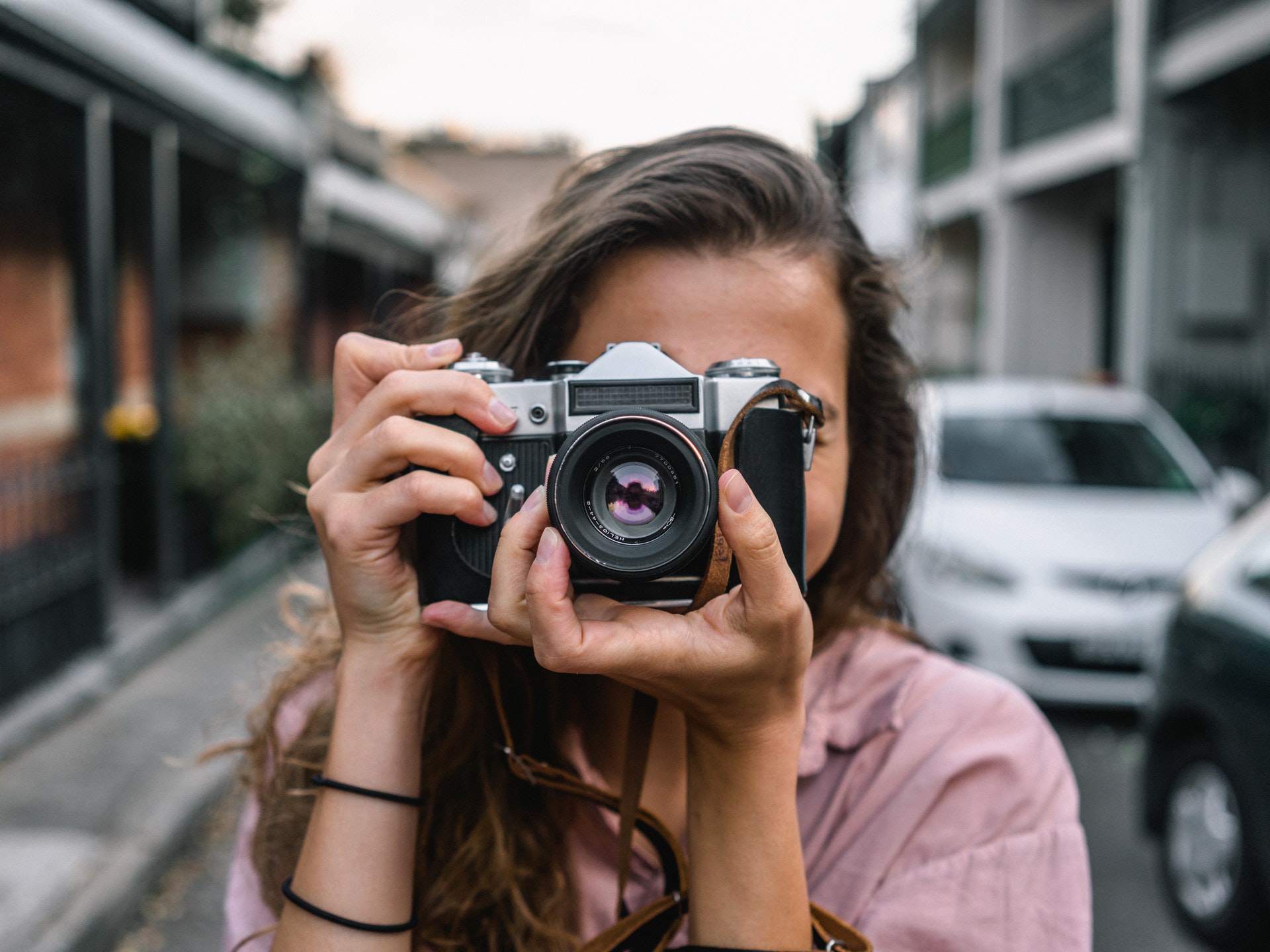Being a photographer is one of the most creatively demanding yet satisfying jobs in the world. Having the ability to give a true meaning to the saying “a picture is worth a thousand words” takes on a whole new connotation once the person behind the lens knows everything there is to know about the world of photography. One industry where all of this takes on a whole new scope of reality is the world of sports. If you look at some of the most important sports websites around, of course you’ll find all of the latest news, stats and even betting picks, but one thing in particular you’ll find are some incredible photographs of the most popular sporting events that automatically have the power to transport fans to that exact moment in that game, or event.
If you look back in time, you’ll see that there are some sports related pictures that have become icons in the world of photography. From Muhammad Ali towering over Sonny Liston in 1965, to Michael Jordan’s 1988 Slam Dunk Contest picture that cemented his “Air Jordan” moniker, and Odell Beckham Jr’s “The Catch” photograph to name a few, some of the most important moments in sports history can always be revisited thanks to the talents and efforts of some of the best sports photographers in the world. With all this said, here we bring you some surefire tips to become a pro at sports photography.
Having Vast Sports Related Knowledge
One of the best ways to always succeed in anything in life is through education, knowledge and practice, right? Well, in the world of sports photography, being a master of the trait usually involves more than just being able to snap some frames and edit like a wizard. Some of the best sports photographers in the world are also avid sports connoisseurs, with ample knowledge about everything that goes on within any and each of the sports they’re covering in order to understand the best way to work with the sport they’re photographing, the athletes and everything within those specific surroundings.
By having an understanding of what’s going on, be it on the field, on the court, in the ring, on the tracks, or anywhere else where sports are practiced at photographers are able to offer a more in depth and personal view of what the action inside the action is truly like. Some of the best pro photographers in the world of sports are not only about getting the perfect snap of a highlight play or movement, they’re about being able to capture the emotions, levels of intensity, joy that comes from winning and sadness that comes from losing. That’s something that’s usually achieved in better ways when one has a clear understanding of what the athletes are going through right then and there.
Invest In The Right Equipment, Not A Lot Of Equipment
Sometimes in order to get the best results available, you don’t need to overcrowd yourself with equipment, tools and anything else in between that might end up dragging you down. Sometimes all you need is to have the right equipment at the right time, which is why understanding what your niche is in the sports photography world and what you wish to achieve is key. Just as mentioned before, take the Muhammad Ali standing over Sonny Liston picture as a reference. That picture was taken all the way back in 1965, which if compared to right now, feels like light years away, especially when it comes to the technological advances we have all been witnesses too, in the photography industry for example.
When it comes to sports photography, investment in key pieces will always trump the idea of being overstocked with equipment that won’t necessarily put you at an advantage. Most of the best sports photographers in the industry usually talk about the importance of investing in two pivotal tools. One being a long lens or a zoom lens and another being a single lens reflex camera. If you put the two together, they usually end up giving the best results when it comes to the world of sports photography, one where just like the players, photographers always have to be ready to move and go through the action in a matter of seconds.
Last but not least, and especially considering this last part, investing in portable gear to be able to hold your equipment should be a top priority. Don’t think too overboard with specialty bags or anything like that, most of the top-tier pros use photography-ridden belts where they can keep their equipment all while moving around without skipping a beat of the action.





